
Fortune News | Nov 06,2021
Jul 5 , 2025
By Kidist Yidnekachew
Each morning, just beyond the compound gates, a familiar image greets the day: a mother walking briskly with her baby snug in a front carrier. The child’s legs, splayed outward in a “bracket” shape, often draw the eye. It is the same with another neighbour’s son, always perched in the same forward-facing embrace. These repeated images raise a quiet question that refuses to settle, questions about the connection between this posture and leg development.
This sight differs starkly from practices embedded in Ethiopian and broader African traditions. For generations, women secured their babies on their backs using simple wraps. This method freed the hands for daily tasks while maintaining physical closeness with the infant. In those days, such widespread occurrences of bracket-like leg formations were rarely observed.
Of course, front-carrying holds its appeal. It fosters emotional closeness, offers easy access, and presents a modern aesthetic. Interaction between caregiver and child becomes more immediate and frequent. And yet, one wonders what trade-offs come with that closeness.
Curiosity led to deeper reading, into the scientific world of infant hips and how they grow. A newborn's hips are shallow and flexible, requiring correct positioning for proper development. To guide this process, the legs must settle in a kind of gentle squat, knees raised above the bottom, forming what specialists call the “M-position.” This position helps the femoral head remain centred within the hip socket, encouraging proper joint formation.
Push the legs straight and pin them close for too long, and the natural formation falters. The joint may grow shallow or unstable, drifting into what’s known as Developmental Dysplasia of the Hip (DDH). DDH occurs when the hip joint fails to form securely, potentially resulting in instability or dislocation. While genetics and birth circumstances influence DDH, postnatal positioning also plays a significant role.
This makes the carrier more than a mere accessory. Some designs cradle the thighs from knee to knee, offering a hammock-like support that lets the baby settle naturally into the M. Traditional African wrap techniques naturally adopt this form, offering inadvertent biomechanical benefits. Studies referenced by bodies like the American Academy of Pediatrics show reduced DDH incidence in cultures that maintain these practices.
One study from Malawi found a no incidence of DDH in infants routinely back-carried in the M-position. Such data reinforce the wisdom behind ancestral methods. When culture and science converge, insights about healthy development become clearer. Without needing clinical language or ergonomic labels, generations of women shaped healthy hips one cloth wrap at a time.
Trouble starts when the carrier leaves legs to dangle, with the weight bearing down through the crotch. This posture forces the hips into extension and adduction, considered detrimental in the early months. The International Hip Dysplasia Institute (IHDI) warns against such designs, advocating instead for carriers that promote natural joint alignment. Parents unaware of these subtleties might inadvertently compromise their child’s hip health.
The visible presence of bracket legs may suggest another issue entirely. Babies often enter the world with a natural curve in their limbs, shaped by months curled inside the womb. That usually straightens with time.
Persistent bowing, however, could signal rickets, a condition stemming from vitamin D deficiency. Vitamin D plays a central role in this story. Without it, calcium slips away, and bones struggle to harden.
While carriers alone do not cause rickets, they may worsen existing deficiencies by placing stress on immature bones. Movement restriction or incorrect joint alignment may further challenge already vulnerable skeletal systems. Thus, both nutrition and posture must be managed in tandem.
Scientific literature continues to highlight the importance of posture in carriers. The IHDI and the American Academy of Pediatrics consistently emphasise the M-position for joint health. Soft-structured, inward-facing carriers that support this stance reduce DDH risk. Conversely, those encouraging adduction and straight-leg extension draw significant caution from researchers.
Direct evidence comparing front and back carrying styles locally remains scarce. However, studies involving Ethiopian Jewish populations in Israel revealed lower DDH rates, suggesting culture may act as shield. Broader studies across sub-Saharan Africa point in the same direction. Even local institutions like CURE Children’s Hospital, while treating bow-leggedness, often trace it back to malnutrition or congenital disorders, not to babywearing alone.
Still, that doesn’t absolve modern designs from scrutiny. Nutrition and hereditary factors undoubtedly shape outcomes, yet daily positioning remains a modifiable variable. Selecting appropriate carriers becomes a small but impactful parental choice. In that quiet way the everyday shapes the body, posture becomes destiny.
Observations made from daily life now find grounding in medical insight. Traditional back-carrying practices, long sustained across African communities, offer more than convenience, they foster healthy hip formation. In the rush to modernity, old habits fade, not always for the better. Back-carrying wraps may lack polish, but they rarely lack function. Their quiet logic has held up for centuries.
PUBLISHED ON
Jul 05,2025 [ VOL
26 , NO
1314]


Fortune News | Nov 06,2021

Radar | Mar 30,2019
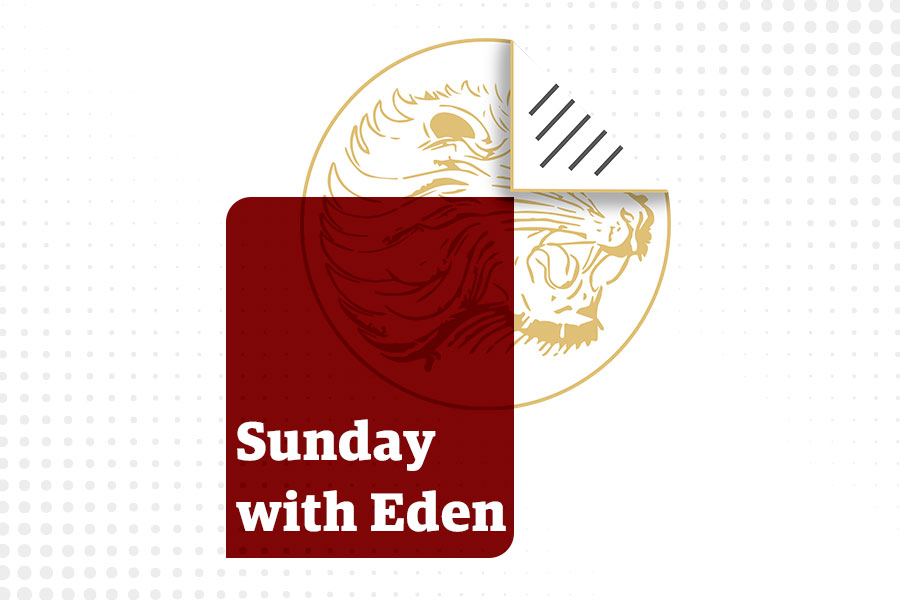
Sunday with Eden | Oct 25,2025
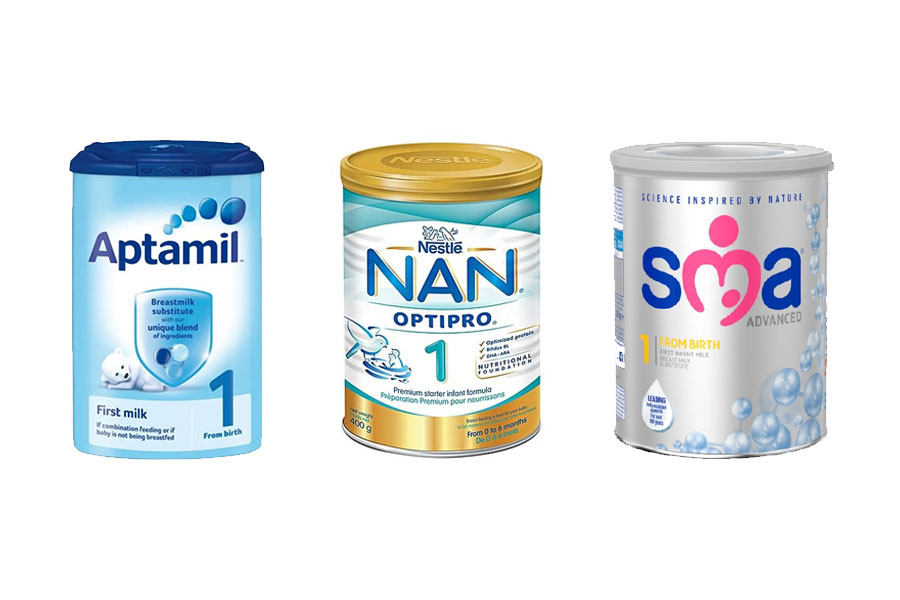
Fortune News | Jul 17,2022

Fortune News | Jul 17,2022

Life Matters | Aug 07,2021

Viewpoints | Jun 29,2019

Commentaries | Jun 22,2019

Photo Gallery | 179615 Views | May 06,2019

Photo Gallery | 169810 Views | Apr 26,2019

Photo Gallery | 160746 Views | Oct 06,2021

My Opinion | 137193 Views | Aug 14,2021
Commentaries | Oct 25,2025

Dec 22 , 2024 . By TIZITA SHEWAFERAW
Charged with transforming colossal state-owned enterprises into modern and competitiv...

Aug 18 , 2024 . By AKSAH ITALO
Although predictable Yonas Zerihun's job in the ride-hailing service is not immune to...

Jul 28 , 2024 . By TIZITA SHEWAFERAW
Unhabitual, perhaps too many, Samuel Gebreyohannes, 38, used to occasionally enjoy a couple of beers at breakfast. However, he recently swit...

Jul 13 , 2024 . By AKSAH ITALO
Investors who rely on tractors, trucks, and field vehicles for commuting, transporting commodities, and f...

Oct 25 , 2025
The regulatory machinery is on overdrive. In only two years, no fewer than 35 new pro...

Oct 18 , 2025
The political establishment, notably the ruling party and its top brass, has become p...
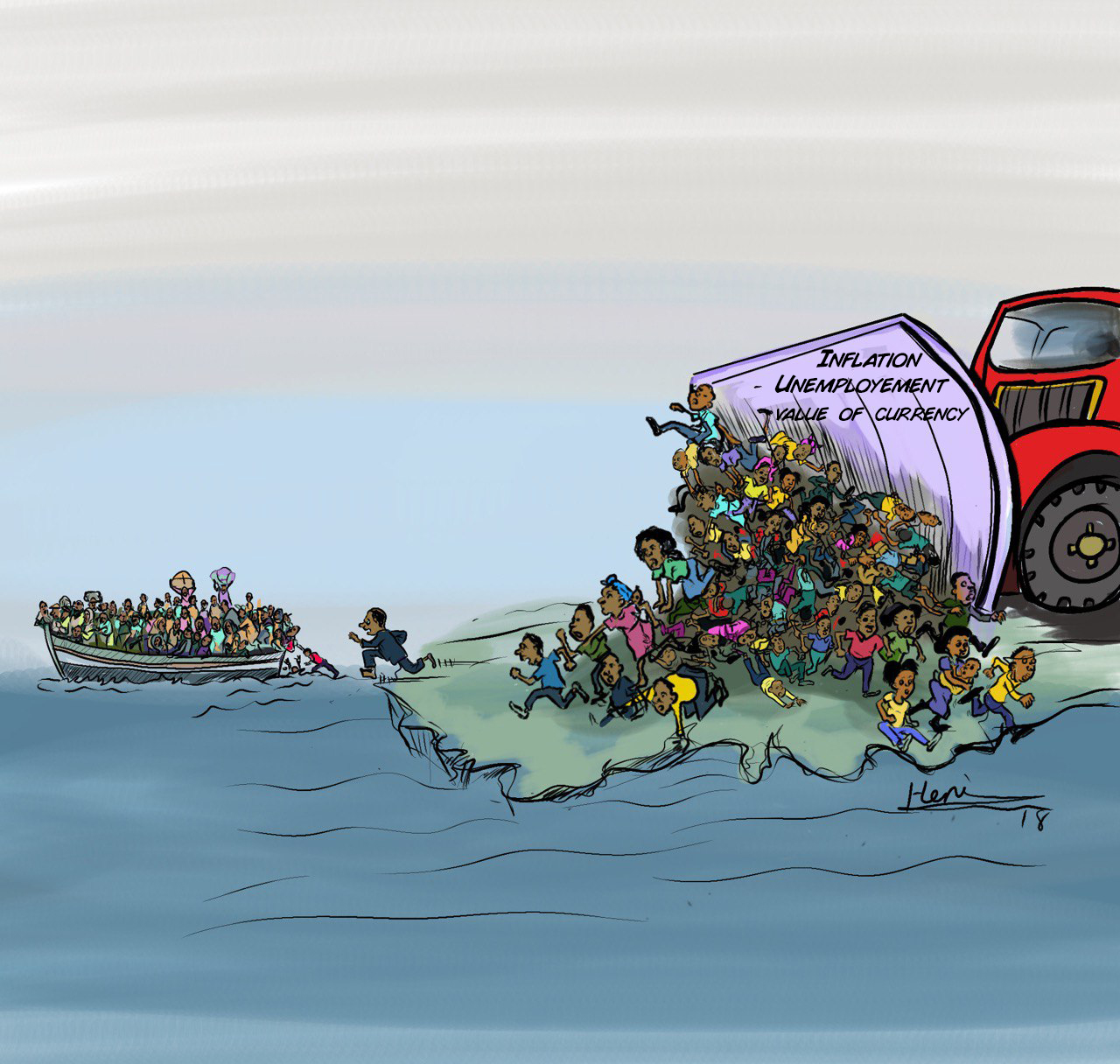
Oct 11 , 2025
Ladislas Farago, a roving Associated Press (AP) correspondent, arrived in Ethiopia in...
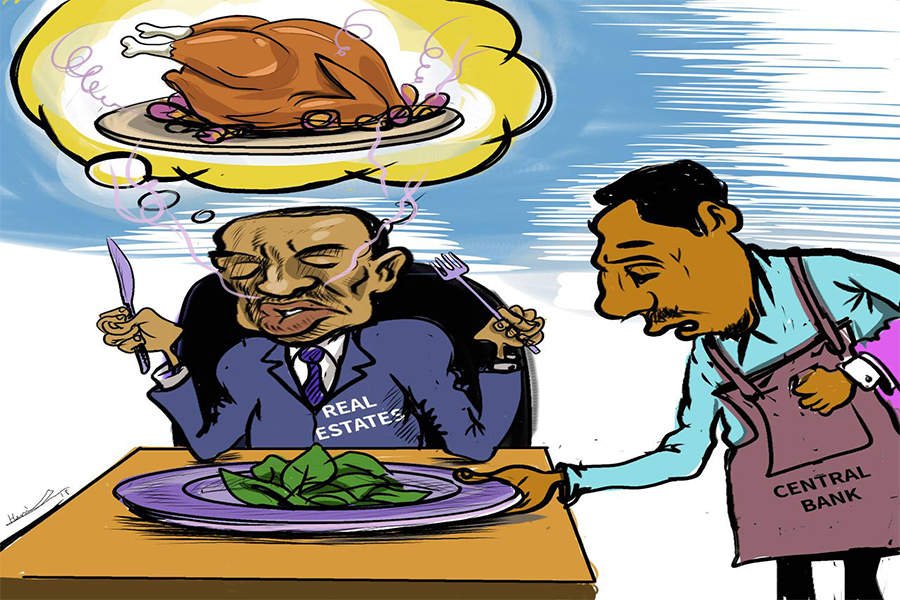
Oct 4 , 2025
Eyob Tekalegn (PhD) had been in the Governor's chair for only weeks when, on Septembe...
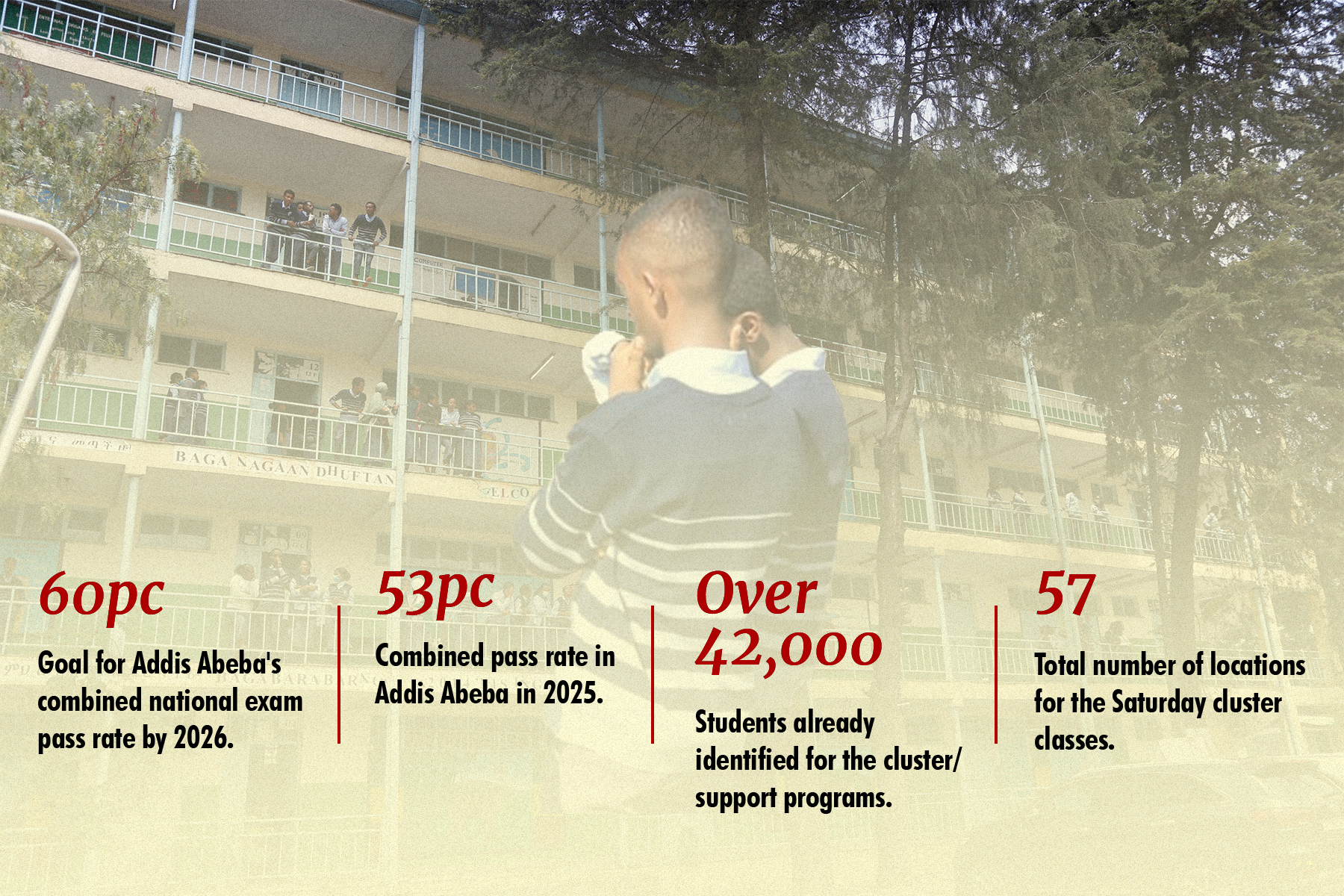
Oct 25 , 2025 . By YITBAREK GETACHEW
Officials of the Addis Abeba's Education Bureau have embarked on an ambitious experim...

Oct 26 , 2025 . By YITBAREK GETACHEW
The federal government is making a landmark shift in its investment incentive regime...

Oct 29 , 2025 . By NAHOM AYELE
The National Bank of Ethiopia (NBE) is preparing to issue a directive that will funda...

Oct 26 , 2025 . By SURAFEL MULUGETA
A community of booksellers shadowing the Ethiopian National Theatre has been jolted b...